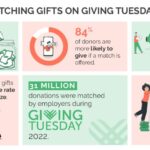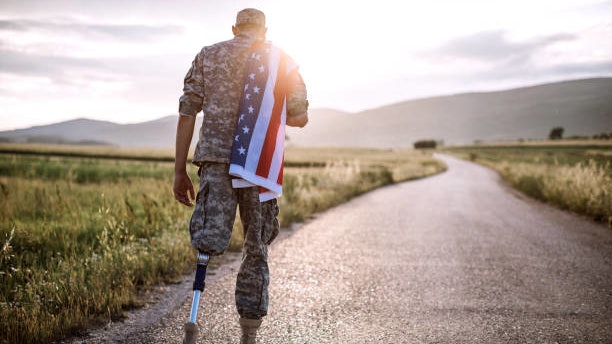Veterans who did not personally use their Post-9/11 GI Bill (PGIB) benefits earned $1,700 less annually than those who did, according to an interagency study on how enlisted veterans used benefits from the U.S. Department of Veterans Affairs-operated education program. That is after accounting for factors such as academic preparation, military rank, and military occupation.
The research is a collaborative effort involving a research team from American Institutes for Research that was embedded at the U.S. Census Bureau to conduct the study alongside researchers from the Census Bureau and Veterans Affairs’ National Center for Veterans Analysis & Statistics.
 Dr. Alexandria Radford
Dr. Alexandria Radford
The second, “Post-9/11 GI Bill-Eligible Enlisted Veterans’ Enrollment and Outcomes at Public Flagship Institutions, With a Focus on The Great Lakes Region,” explores enrollment and outcomes at public flagship institutions.
While slightly more than half of PGIB-eligible veterans (51%) did not personally use their benefits, the study on PGIB outcomes found that 41% of veterans who used PGIB benefits to attend a four-year, for-profit university earned a degree within six years of enrollment — less than those who used benefits to attend a four-year public (58%) or nonprofit (61%) institution.
Similarly for degree-seeking veterans at two-year institutions, the average annual earnings coming from a for-profit institution was less, at $32,800, than the $38,600 in earning coming from a public institution, despite for-profit colleges costing taxpayers more.
The study revealed that nonparticipants in PGIB were more likely to live in rural areas and micropolitan areas or to have left military service at the lowest or highest ranks, earning on average $44,800 a year with those who are female, Black, American Indian/Alaska Native, or from the lowest military ranks earning between $5,000 and $17,600 less.
The results from the study provide data and information to help policymakers and the public better understand how these benefits are being used.
“The latest results of our study provide unique insight into the types of institutions veterans attended using their PGIB benefits and their subsequent degree completion and earnings after attending different types of colleges,” said Dr. Alexandria Walton Radford, senior director at the American Institutes for Research and co-author of the reports. “This information not only helps policymakers and leaders better understand the use and outcomes of Post-9/11 GI Bill benefits, but also provides useful data and information about broader higher education policies and practices.”
#Study #Finds #Outcomes #Among #PGIB #Veterans #Nonprofit #Public #Colleges










